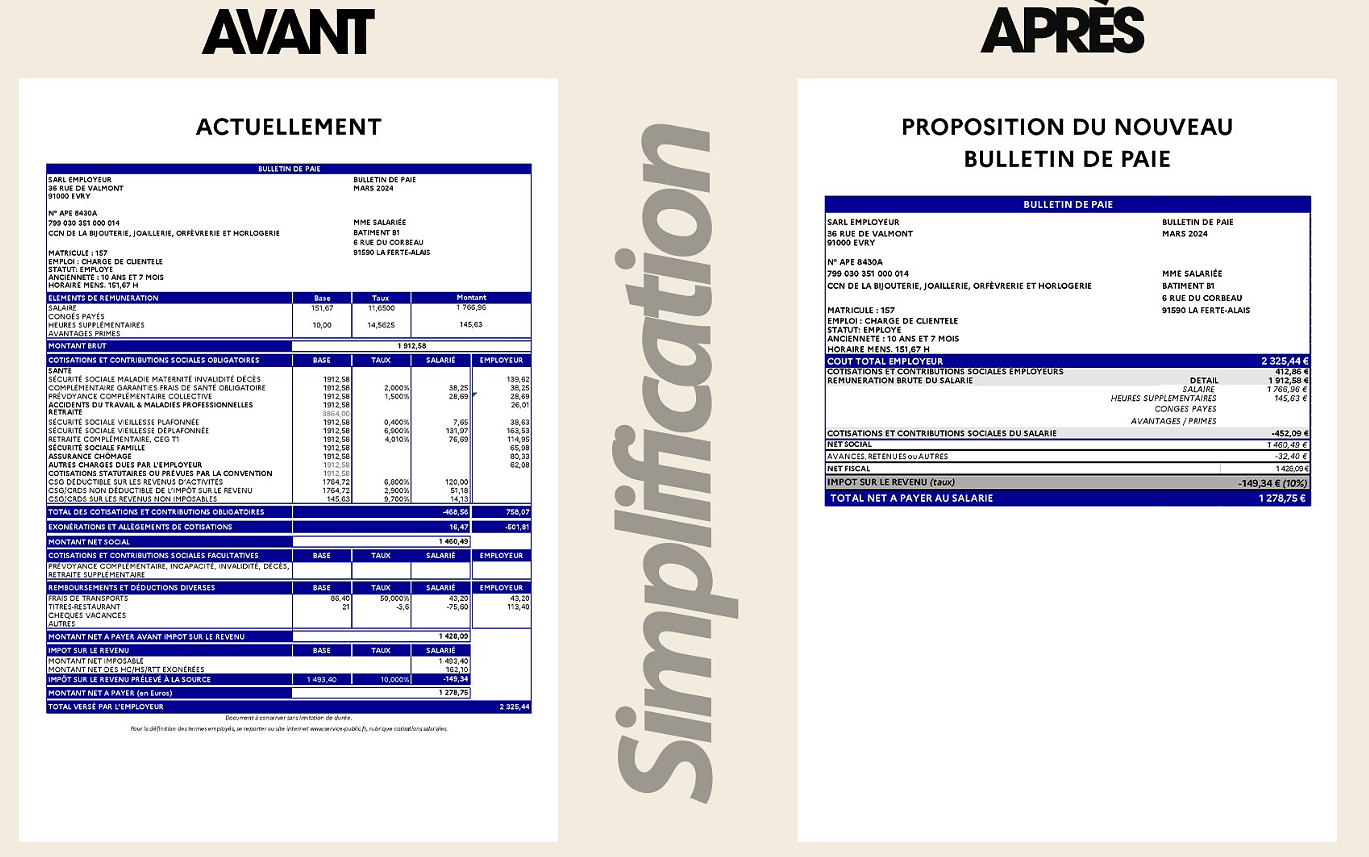During the Cold War, there was an airplane in the Soviet Union that puzzled US intelligence agencies. In the end, they named the giant model the "Caspian Sea Monster" because it was more than 90 meters long and flew just above the water surface of the Caspian Sea.
Now the Pentagon research agency Darpa has selected two proposals for an American sea freighter for the military. It would be a modern variant of the former Soviet model. With lower transport performance, but better flight characteristics.
In the final round for the model, which does not need an airfield, but only a water surface for its take-off and landing, came the proposals of the US companies General Atomics and Aurora Flight Science. They compete with different technical concepts.
General Atomics with a two-fuselage seaplane and twelve propeller engines. Aurora proposes a large fuselage and eight propeller engines.
According to the US Naval Institute information service, up to 90 tons of cargo are to be transported, which is slightly more than the US Boeing C-17 Globemaster III cargo plane can handle. Drawings show how future armored military vehicles are to be driven ashore from the hull of the seaplane.
Both the flying boat from the Soviet Union, a hybrid between a boat and an airplane, and the future US seaplane use a physical effect when flying over a water surface that provides buoyancy. Experts speak of a ground effect vehicle and the Soviets of an ekranoplan.
In the case of the Pentagon project called "Liberty Lifter", however, the flying boat is not supposed to fly just above the sea surface as it did in Soviet times. Rather, it is planned that it can also rise to an altitude of up to around 3000 meters. While the Soviet model had a weak point because it was dependent on a relatively smooth sea surface for its missions, the US variant is said to be able to fly even in large waves.
The flight characteristics of the US model are said to surpass the Soviet model Ekranoplan. Nevertheless, the "Caspian Sea Monster" could transport considerably more cargo than the future US version with an empty weight of around 240 tons and a maximum take-off weight of over 540 tons and ten jet engines.
The Ekranoplan flying boat (first flight in 1966) was the largest and heaviest aircraft in the world until 1988 when the giant Antonov An-225 aircraft was built by Russian forces during the Ukraine war. The Soviets saw the advantage of the Ekranoplan model in that it could not be detected by underwater microphones like a relatively slow ship and was also more difficult to locate by radar at low altitudes.
It is unclear how many Ekranoplan flying boats were built. There is talk of more than two dozen copies. Today there are still a few models that are rusting away.
In addition to transporting cargo, the Soviet models were also supposed to be armed and capable of firing guided missiles. No major armament is obviously planned for the US model.
In the case of the US project, the two companies selected are to work out their proposals in more detail within 18 months. A test model is then planned for the next milestone, with particular emphasis being placed on cost-effective production.
A giant cargo flying boat would not be entirely new to the United States. In November 1947, the Hughes H-4 Hercules model took off on its first and only flight. For a long time it was the world's largest aircraft in terms of wingspan.
Because it was largely made of wood - a material not essential to the war effort - the model was nicknamed "Spruce Goose". The entrepreneur, film producer and millionaire Howard Hughes, in cooperation with the shipbuilder Henry J. Kaiser, wanted to use the flying boat to transport 750 soldiers or a tank from the USA to Europe.
World War II ended before the flying boat was operational. Previously there were plans for 500 giant flying boats, each with a payload of 70 tons.
The Chinese are also working on flying boats, but on a smaller scale. This is how the 40 meter long Avic model AG600 was developed. Its special feature: It can take off and land from land, but also from lakes and the sea. It is expected to be put into service in 2025, for example as a firefighting aircraft.
"Everything on shares" is the daily stock exchange shot from the WELT business editorial team. Every morning from 7 a.m. with the financial journalists from WELT. For stock market experts and beginners. Subscribe to the podcast on Spotify, Apple Podcast, Amazon Music and Deezer. Or directly via RSS feed.

 His body naturally produces alcohol, he is acquitted after a drunk driving conviction
His body naturally produces alcohol, he is acquitted after a drunk driving conviction Who is David Pecker, the first key witness in Donald Trump's trial?
Who is David Pecker, the first key witness in Donald Trump's trial? What does the law on the expulsion of migrants to Rwanda adopted by the British Parliament contain?
What does the law on the expulsion of migrants to Rwanda adopted by the British Parliament contain? The shadow of Chinese espionage hangs over Westminster
The shadow of Chinese espionage hangs over Westminster Parvovirus alert, the “fifth disease” of children which has already caused the death of five babies in 2024
Parvovirus alert, the “fifth disease” of children which has already caused the death of five babies in 2024 Colorectal cancer: what to watch out for in those under 50
Colorectal cancer: what to watch out for in those under 50 H5N1 virus: traces detected in pasteurized milk in the United States
H5N1 virus: traces detected in pasteurized milk in the United States What High Blood Pressure Does to Your Body (And Why It Should Be Treated)
What High Blood Pressure Does to Your Body (And Why It Should Be Treated) “I’m interested in knowing where the money that the State takes from me goes”: Bruno Le Maire’s strange pay slip sparks controversy
“I’m interested in knowing where the money that the State takes from me goes”: Bruno Le Maire’s strange pay slip sparks controversy Despite the lifting of the controllers' strike, massive flight cancellations planned for Thursday, April 25
Despite the lifting of the controllers' strike, massive flight cancellations planned for Thursday, April 25 The right deplores a “dismal agreement” on the end of careers at the SNCF
The right deplores a “dismal agreement” on the end of careers at the SNCF The United States pushes TikTok towards the exit
The United States pushes TikTok towards the exit Saturday is independent bookstore celebration
Saturday is independent bookstore celebration In Paris as in Marseille, the Flames ceremony opens to fans of rap and hip-hop
In Paris as in Marseille, the Flames ceremony opens to fans of rap and hip-hop Sale of the century for a mysterious painting by Klimt, in Austria
Sale of the century for a mysterious painting by Klimt, in Austria Philippe Laudenbach, actor with more than a hundred supporting roles, died at 88
Philippe Laudenbach, actor with more than a hundred supporting roles, died at 88 Skoda Kodiaq 2024: a 'beast' plug-in hybrid SUV
Skoda Kodiaq 2024: a 'beast' plug-in hybrid SUV Tesla launches a new Model Y with 600 km of autonomy at a "more accessible price"
Tesla launches a new Model Y with 600 km of autonomy at a "more accessible price" The 10 best-selling cars in March 2024 in Spain: sales fall due to Easter
The 10 best-selling cars in March 2024 in Spain: sales fall due to Easter A private jet company buys more than 100 flying cars
A private jet company buys more than 100 flying cars This is how housing prices have changed in Spain in the last decade
This is how housing prices have changed in Spain in the last decade The home mortgage firm drops 10% in January and interest soars to 3.46%
The home mortgage firm drops 10% in January and interest soars to 3.46% The jewel of the Rocío de Nagüeles urbanization: a dream villa in Marbella
The jewel of the Rocío de Nagüeles urbanization: a dream villa in Marbella Rental prices grow by 7.3% in February: where does it go up and where does it go down?
Rental prices grow by 7.3% in February: where does it go up and where does it go down? Sale of Biogaran: The Republicans write to Emmanuel Macron
Sale of Biogaran: The Republicans write to Emmanuel Macron Europeans: “All those who claim that we don’t need Europe are liars”, criticizes Bayrou
Europeans: “All those who claim that we don’t need Europe are liars”, criticizes Bayrou With the promise of a “real burst of authority”, Gabriel Attal provokes the ire of the opposition
With the promise of a “real burst of authority”, Gabriel Attal provokes the ire of the opposition Europeans: the schedule of debates to follow between now and June 9
Europeans: the schedule of debates to follow between now and June 9 These French cities that will boycott the World Cup in Qatar
These French cities that will boycott the World Cup in Qatar Montpellier-Nantes: at what time and on which channel to watch the Ligue 1 match?
Montpellier-Nantes: at what time and on which channel to watch the Ligue 1 match? Ligue 1: Luis Enrique leaves many PSG players to rest in Lorient
Ligue 1: Luis Enrique leaves many PSG players to rest in Lorient Football: Deschamps, Drogba, Desailly... Beautiful people with Emmanuel Macron to play with the Variétés
Football: Deschamps, Drogba, Desailly... Beautiful people with Emmanuel Macron to play with the Variétés Football: “the referee was bought”, Guy Roux’s anecdote about a European Cup match… with watches and rubies
Football: “the referee was bought”, Guy Roux’s anecdote about a European Cup match… with watches and rubies


















